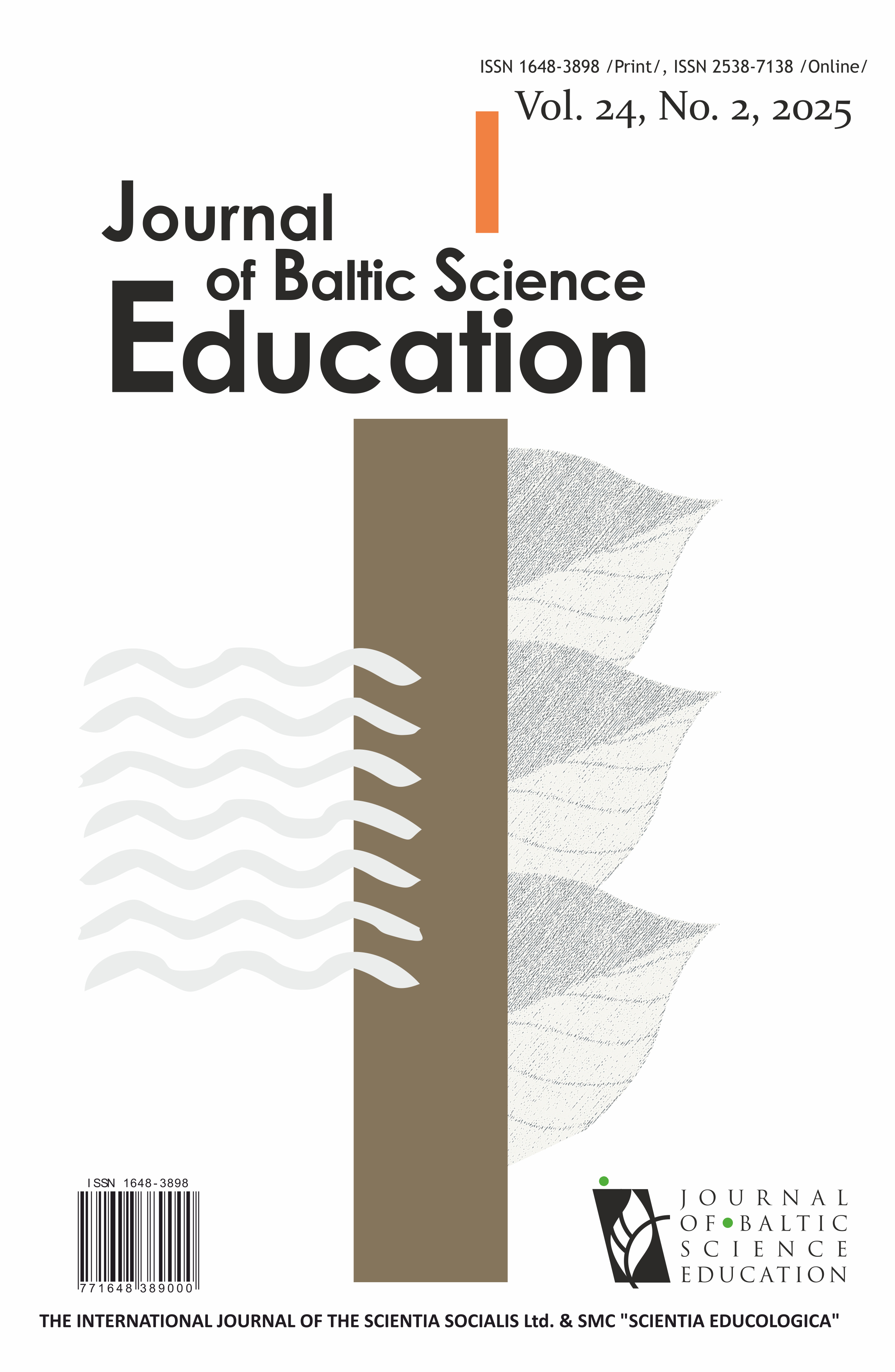RISK PERCEPTION AND RESPONSE TO NATURAL HAZARDS WITHIN SCIENCE CURRICULUM
RISK PERCEPTION AND RESPONSE TO NATURAL HAZARDS WITHIN SCIENCE CURRICULUM
Author(s): Ni Wayan Rai Utari Dewi, Wonbin Jang, Minchul KimSubject(s): Social Sciences, Education
Published by: Scientia Socialis, UAB
Keywords: natural hazards; risk perception; risk response; science curriculum; secondary school;
Summary/Abstract: Natural hazards pose global risks making it essential to incorporate risk perception and response strategies into science curricula. This study analyzed the distribution of risk perception and response indicators for natural hazards—including earthquakes, tsunamis, typhoons, landslides, floods, droughts, volcanoes, wildfires, storms, and extreme temperatures (heat waves, cold waves)—in lower secondary science curricula: the Cambridge Lower Secondary Curriculum 2020 (UK), Indonesia Merdeka Curriculum 2022, South Korea Curriculum 2022, and Singapore Lower Secondary Express and Normal (Academic) Curriculum 2021. A descriptive qualitative content analysis was conducted by analyzing curriculum documents to evaluate risk perception and response indicators distribution. The findings show that the distribution of risk perception and response to natural hazards in specific science curricula does not align with the geographic characteristics of the respective regions. Furthermore, risk perception is given greater emphasis than response strategies, creating an imbalance in the lower secondary science curriculum. This study suggests the need to modify the explanation of risk perception and response to natural hazards in the science curriculum, which emphasizes a global approach that broadens understanding beyond local hazards to prepare individuals for risks they may encounter while moving, traveling, or living in other countries.
Journal: Journal of Baltic Science Education
- Issue Year: 24/2025
- Issue No: 2
- Page Range: 239-254
- Page Count: 16
- Language: English

